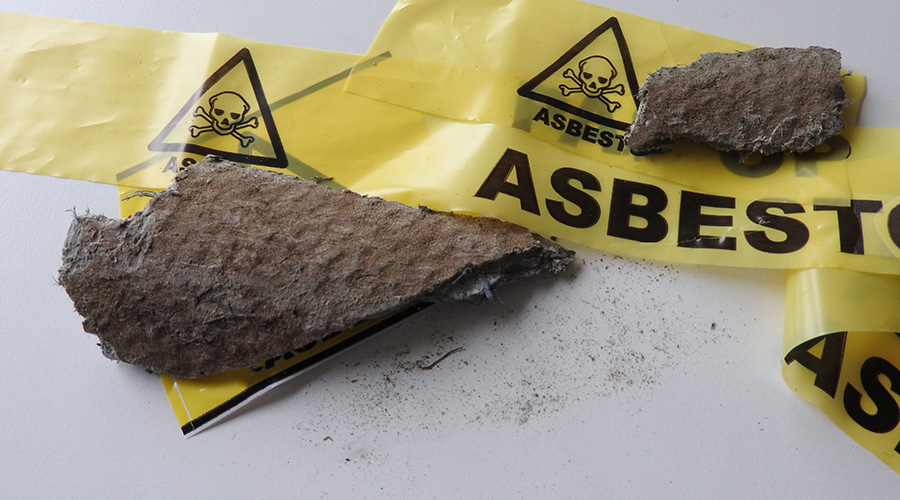National Lab Awarded $1.25 Million To Explore Cool Roof Technology
The California Energy Commission awarded $1.25 million
to the Lawrence Berkeley National Laboratory (LBNL) for a three-year grant
to develop, deploy, and validate "cool roof" technology.
The California Energy Commission awarded $1.25 million
to the Lawrence Berkeley National Laboratory (LBNL) for a three-year grant
to develop, deploy, and validate "cool roof" technology.
This project will accelerate the acceptance of cool roofs through rebate
programs sponsored by utility companies; expand the quantity of cool
roofing products available to consumers by working with manufacturers;
create more effective roofing materials; obtain labels from the Cool Roof
Rating Council; and assist in marketing the new roofing products.
Additionally, the funding allows the LBNL to conduct large-scale
experiments to demonstrate the energy savings benefits of cool roofs to
potential utility partners.
"I have been an advocate for cool roof technology for many years because
it makes sense — practical sense and economic sense," says Commissioner
Art Rosenfeld. "A dark roof can add 20 percent more to the cooling costs
of the building and the State needs to do everything it can to reduce air
conditioning use on hot summer afternoons. I am pleased that California
utilities already offer rebates for this important energy efficiency
technology."
While certain European and Middle Eastern cultures, like Greece and Spain,
have long known the benefits of white residential roofs, North Americans
generally consider such a feature unattractive. With recent technology,
however, it is now possible to have a cool roof in colors other than
white. A previous Energy Commission research project involving LBNL,
Oakridge National Laboratory, and eight industrial partners, produced dark
colored roofing materials that decreased energy usage while still looking
attractive. These materials included tiles, coated tiles, shingles, and
metal panels.
Another benefit of cool roof technology includes smog reduction, reduced
heat islands, and lower atmospheric carbon levels.
Funding for the project comes from the Energy Commission's Public Interest
Energy Research (PIER) program. The program supports energy research,
development and demonstration (RD&D) projects that improve the quality of
life in California by bringing environmentally safe, affordable and
reliable energy services and products to the marketplace. The PIER Program
annually awards up to $62 million to conduct public interest energy
research.
This research funding supports the state's 2004 Integrated Energy Policy
Report Update by leveraging energy efficiency improvements on new and
existing buildings. It also supports the 2003 Energy Action Plan by
reducing peak cooling loads in residential buildings and validating and
quantifying the energy benefits of cool roofs to utility incentive
representatives.
Related Topics:











